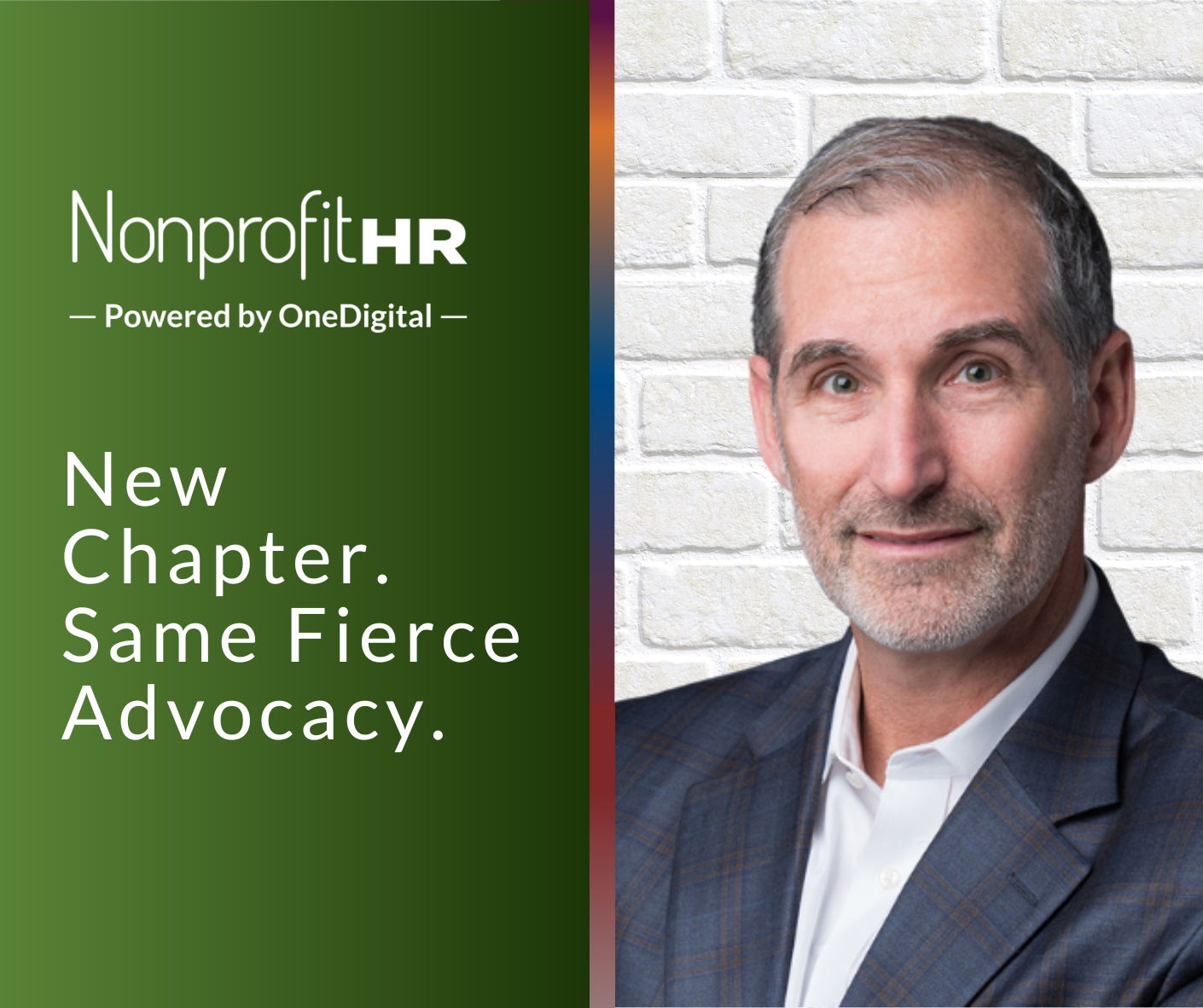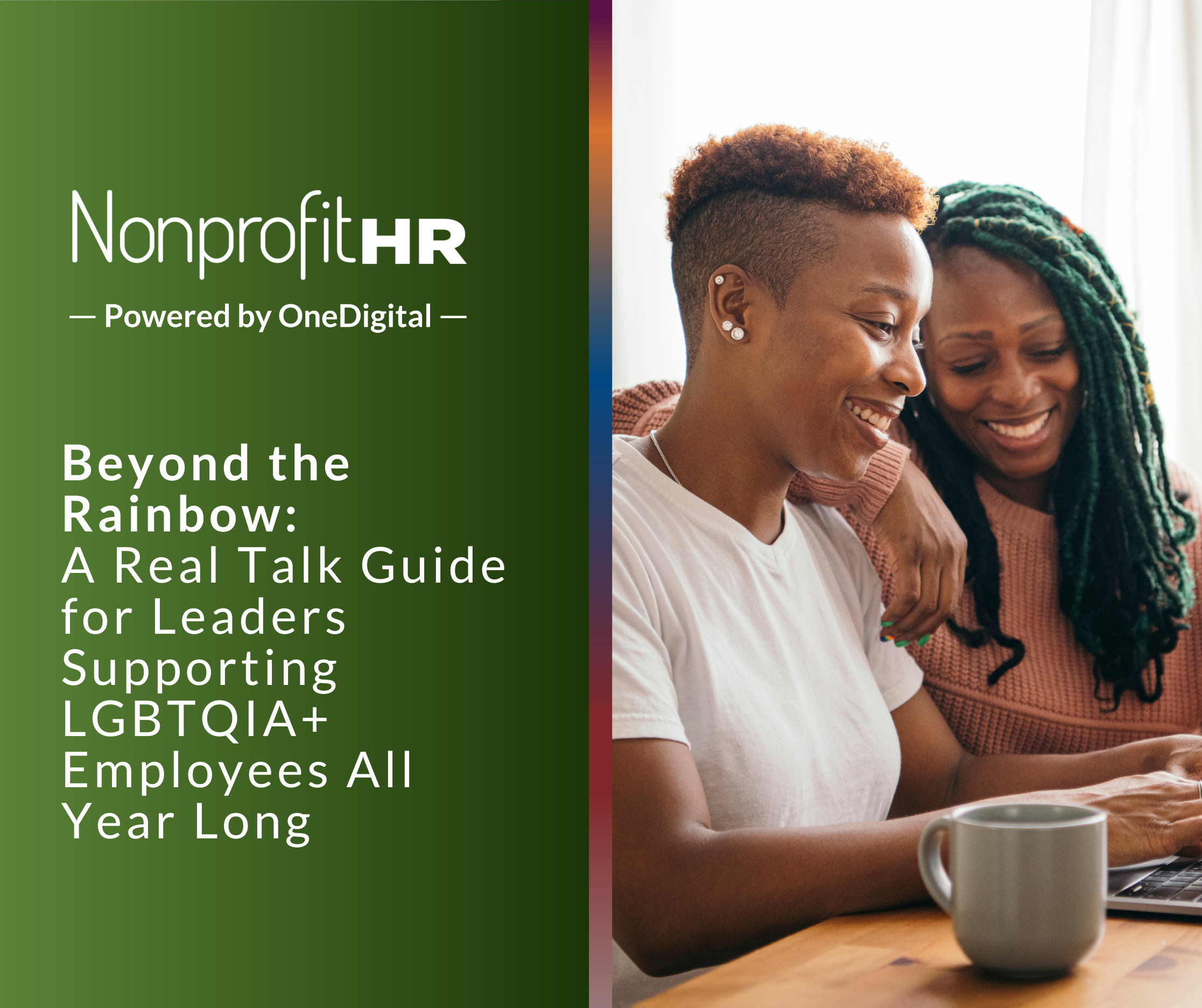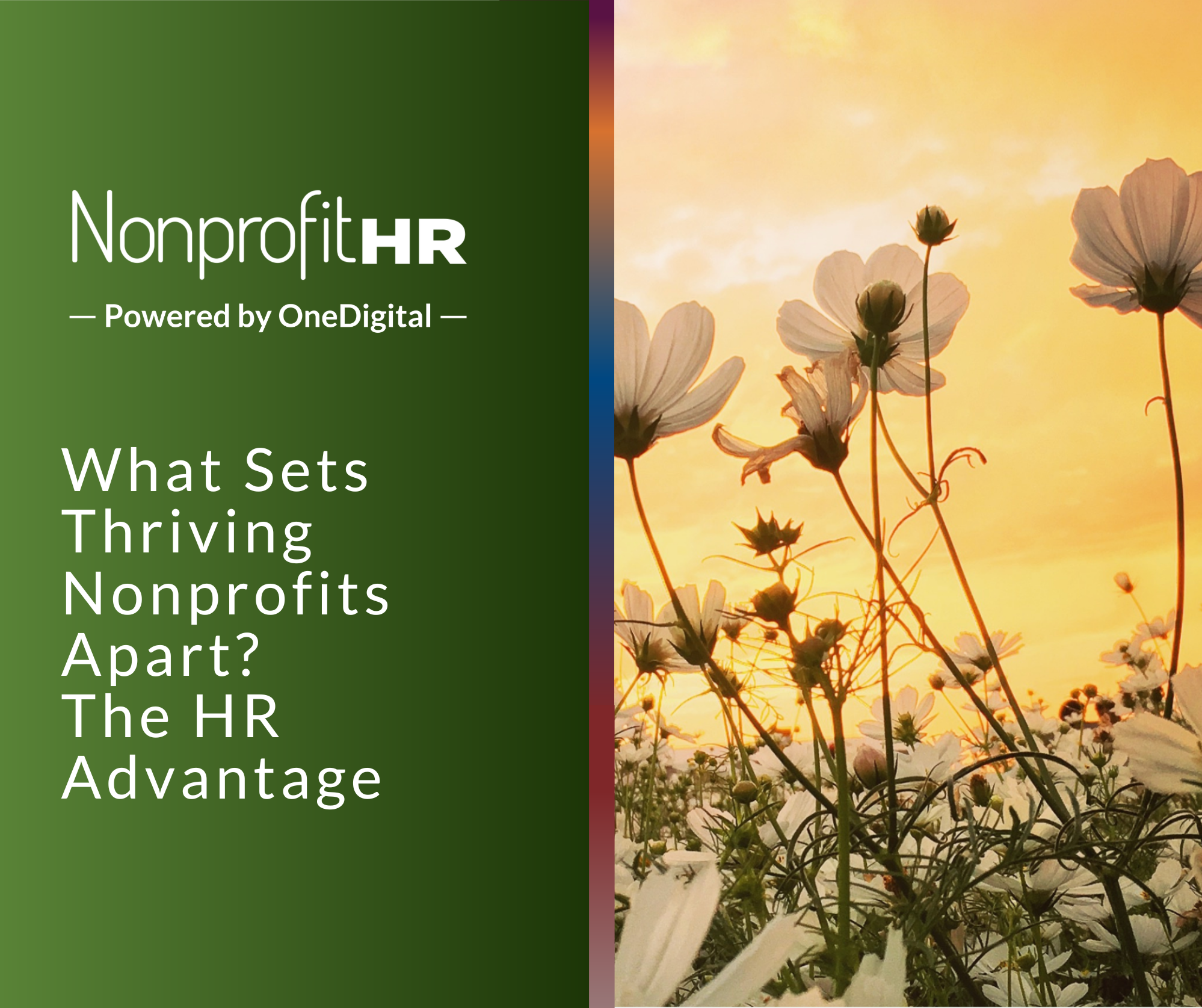WTOP: 5 ways nonprofits can…
We recently discussed the issue of elitism in social sector leadership and proposed a few potential solutions. However, this problem isn’t exclusive to leadership staff; the vast majority of nonprofit organizations lack diversity on their boards as well. That is especially concerning because developing a diverse leadership team, recruiting and retaining a diverse staff, and serving a population with diverse needs and backgrounds are all more difficult with a board that is not diverse.
According to BoardSource’s 2017 National Index of Nonprofit Board practices, nonprofit board member makeup has nearly achieved complete gender equality, but there is a huge imbalance with regard to race and age: 84 percent of nonprofit board members are white and 83 percent are over the age of 40. Further, boards have looked largely the same for two decades and have not diversified at all over the last two years.
In our current political and social climate, it is more important than ever that nonprofit organizations step up to serve those in need and innovate for the health and sustainability of their missions. Developing truly diverse and inclusive boards is a critical step toward achieving these goals.
In our current political and social climate, it is more important than ever for #nonprofit organizations to develop truly diverse and inclusive boards. Share on XWhy diverse boards are necessary for greater impact
Because a board of directors is largely responsible for the strategic direction of the organization, a nonprofit with a homogenous board can suffer from debilitating tactical myopia. Anne Wallestad, President & CEO of BoardSource put it well when she said: “In the social sector, a board that lacks racial and ethnic diversity risks a dangerous deficit in understanding on issues of critical importance to the organization’s work and the people it serves.”
A homogenous board limits viewpoints and ideas, which can result in lost service opportunities and, in turn, lost impact. If the makeup of your board is drastically different from the makeup of the community you serve, those your organization is meant to help are at risk of not being heard or understood. And if those you serve don’t have the opportunity to participate in your board’s decision-making process, your organization may fail to recognize and address their true needs.
Additionally, board diversity is a major contributor to overall organizational and leadership diversity. Without board diversity, your organization will likely miss opportunities to develop diverse leaders who would provide a fresh outlook and positive impact on your mission.
How organizations can diversify their boards
Present a formal case for board diversification
Before you can successfully diversify your organization’s board of directors, you must make your existing board members your allies. To begin making the case for a greater emphasis on diversity to your existing members, first compile demographic and psychographic data about the population your organization serves and the disparities between that group and your board members.
Then, present specific recommendations to further board diversity, like changes to your board recruitment tactics and clear diversity goals. Illustrate the tangible benefits following those recommendations for your organization and its mission, such as better service to your constituents and more opportunities for impact.
Address whether diverse individuals would feel included on your board
The overall culture of your board must be inclusive for those individuals from a wide range of backgrounds. New board members cannot be expected to simply assimilate to an organizational and board culture that feels unwelcome or uncomfortable. It’s likely that, at first, the integration of new board members who do not “fit in” with the existing demographic or psychographic makeup of your board will require a conscious cultural shift from your existing members, and it’s the responsibility of every member to strive for inclusivity. Otherwise, when more diverse board members are recruited, they may not choose to stay. Shifting to a more inclusive culture is not a simple process but is one that requires intention, action and to some extent, discomfort on the part of existing board members.
Inclusivity of younger individuals can be a particularly difficult challenge for nonprofit boards because many younger people may not yet consider a nonprofit board to be a place they can lend their services. Sometimes, veteran board members can also deter younger members because they can view a lack of experience as a lack of value. To address this, consider creating a young professionals or emerging leaders position on your board. This will help assure younger people that their contributions and skills are welcome and encourage them to bring a fresh perspective to your organization’s initiatives. Junior board members can also transition into regular board membership as they mature.
Expand your board search beyond your personal circles
Next, as you develop a pipeline of potential new board members, be open to expanding recruitment to board members of varying backgrounds, perspectives, ethnicities, professions, age groups and socioeconomic statuses.
Because many boards exclusively recruit new members by word of mouth, it may be necessary to completely overhaul your organization’s board recruitment methods to expand outside of your current network. Consider the types of people you’re hoping to recruit, and revisit your board pipeline accordingly. For example, younger prospective board members may be more likely to learn about your organization through social media like LinkedIn and Twitter and seek further information on your website, and if you’re not using those channels, you’ll likely limit yourself with a younger demographic. Depending on your board composition goals, you can also utilize a wide array of listing services and match programs to connect with individuals actively seeking board service opportunities like LinkedIn for Nonprofits, Bridgespan and Idealist.
Reconsider financial requirements for board members
Your organization may have a “Give or Get” policy in place for board members in which they must meet a donation quota every year. This can be a valuable fundraising tool, but it can also be a major barrier to entry for younger prospective board members and those from lower-income backgrounds.
If your organization relies on a policy like this for a large portion of its fundraising and the elimination of these contributions would be a major blow to your operating budget, you can devote a section of your board to valuable community voices that are exempt from financial requirements. For example, at the Cornerstone Theater Company in Los Angeles, 20 percent of board seats are reserved for community members. This helps the organization retain an authentic community voice and keep decisions grounded in current realities without the financial requirement imposed on other board members.
Consider establishing concrete diversity goals
If your organization chooses to be more deliberate about board diversity initiatives, you can draft formal, quantitative goals based on the demographics of the communities you serve. Nonprofit inclusiveness.org’s workbook Inclusiveness at Work: How to Build Inclusive Nonprofit Organizations suggests an example diversity goal that can be tweaked for your own organization:
“Our organization will strive to develop a board of directors that reflects the community it serves in regards to race and ethnicity. According to the 2000 U.S. Census, the community we serve is comprised of 47 percent whites, 30 percent Latinos, 10 percent African Americans, 5 percent Asian Americans, 5 percent Native Americans, and 3 percent “other.” Therefore, we will strive for similar representation in the makeup of the Board of Directors. As demographic changes occur, we will make adjustments to our Board composition accordingly.”
While this example focuses on racial and ethnic diversity, your organization can develop specific goals to ensure greater diversity of age, education, background, thought and more.
To prevent a sudden, complete board overhaul that could disrupt organizational operations, you can also opt to gradually work toward broader diversity goals. Through this process, ensure all new board members are not selected merely for demographic reasons. Board diversification is a noble goal, but tokenism is not the solution.
At Nonprofit HR, we’re committed to promoting diversity across the sector––from leadership and staff to boards and volunteers. If you have any questions about how your organization can take steps now to accelerate its diversity, equity and inclusion (DEI) efforts, don’t hesitate to contact our team. We recommend sharing this information with your organization’s board members, especially those who are responsible for making key board member decisions, and any other colleagues who will be valuable allies in board diversification efforts.
DEI will also be a key area of focus at this year’s Nonprofit Talent & Culture Summit. Register here to learn about the latest in DEI best practices and innovations from thought leaders like Robin Hood Foundation’s Wes Moore and YMCA of the USA’s Lynda Gonzalez-Chavez.





























